Aerospace Plastic Metal Parts
Plastic metal parts are essential in various industries, especially aerospace. These parts are made by injecting molten plastic into molds, which then cools and solidifies to form the desired components. This process is widely used to create everything from interior and exterior parts of aircraft and spacecraft to electrical connectors and structural elements.
One great thing about using Aerospace plastic metal parts is that they are strong yet lightweight, making them perfect for aerospace applications where weight savings are crucial. Additionally, this manufacturing method allows for quick production of large quantities and can create complex shapes with precise dimensions.
To be successful in producing Aerospace plastic metal parts, a company needs top-notch engineering skills, expertise in materials science, and advanced tooling design. They also need access to state-of-the-art machinery and technology, like sophisticated 3D printing software, high-quality injection molding machines, and powerful CAD software.
In summary, plastic metal parts are vital for the aerospace industry because they help ensure that spacecraft and airplanes operate safely and efficiently.
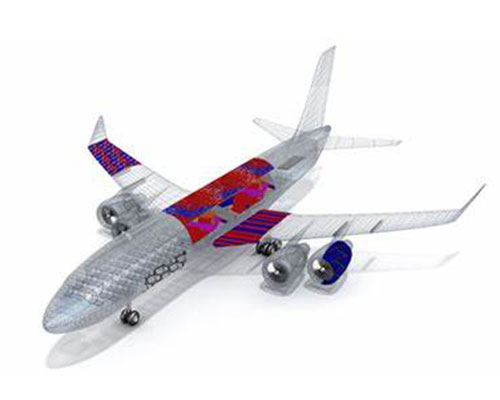
Aerospace Prototype
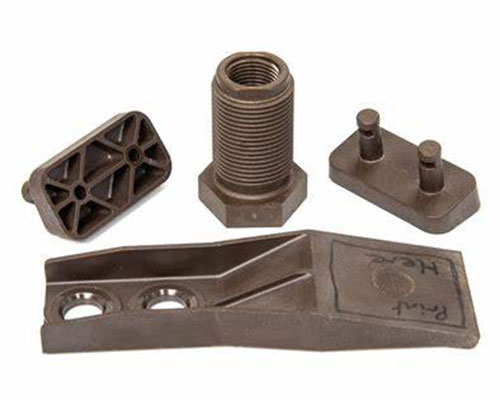
Aerospace Parts
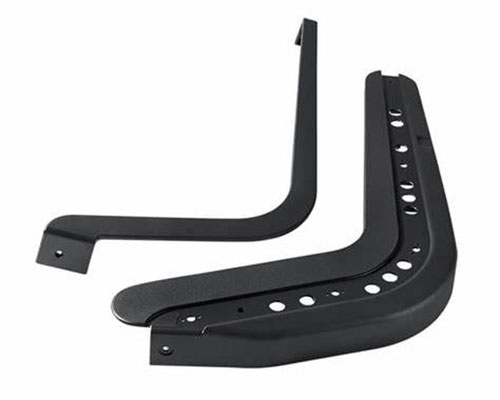
Aerospace Parts
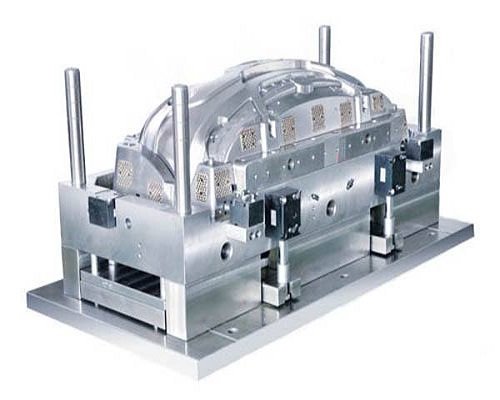
Aerospace Parts Mould
Aerospace Plastic Metal Parts Making Service
Be good at product structure optimization and greatly reduce the cost of Plastic Metal Parts custom solutions
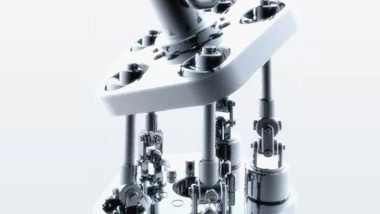
Parts Design
Appearance and structural design
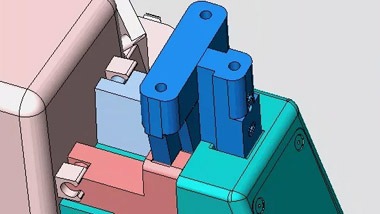
Mold Making
Design, DFM confirmation
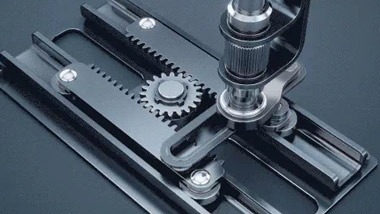
Product Production
Imported, high-speed equipment

Product Assembly
Incoming materials, inspection and assembly
Plastic Metal Parts Are Used In The Aerospace Industry
The aerospace industry is one of the most challenging fields in the world. It needs top-notch, reliable components to keep airplanes and spacecraft running smoothly and safely. That's where plastic metal parts come into play. These parts are made using a method called injection molding.
Here's how it works: molten plastic, which we can think of as a special kind of "plastic metal," is injected into a mold. Once inside, it cools down and solidifies, creating a finished part. This process is perfect for making the detailed, high-quality parts that planes and spacecraft need.
Injection molding stands out from other manufacturing methods because it can create complex shapes with precise dimensions quickly and efficiently on a large scale. In the aerospace sector, this technique is vital for making various products like internal and external parts, electrical connectors, and structural components. It ensures these parts meet the strict performance and safety standards required.
One big plus of injection molding is its ability to produce parts with high precision and quality. This is essential in aerospace, where every component must adhere to strict tolerances and specifications to ensure performance and safety. With injection molding, we can make parts that are consistently the same in size, shape, and function, which is crucial for reliability.
FAQ about Aerospace Plastic Metal Parts
What materials are commonly used in aerospace plastic metal parts?
In the aerospace industry, we use high-performance materials like titanium, aluminum alloys, and advanced composites such as carbon fiber-reinforced polymers. These materials are chosen for their strength, durability, and ability to withstand extreme conditions. Titanium is favored for its high strength-to-weight ratio and excellent corrosion resistance. Aluminum alloys are also popular due to their lightweight nature and cost-effectiveness. Composites offer even greater weight savings and can be tailored to specific performance requirements.
How are aerospace plastic metal parts manufactured?
Manufacturing these parts involves several advanced techniques. For metal components, processes like machining, forging, and casting are common. Machining allows for precise dimensions and complex geometries. Forging enhances the material's strength and toughness. Casting is useful for producing complex shapes that are difficult to achieve with other methods. For plastic and composite parts, processes like injection molding, resin transfer molding (RTM), and autoclave curing are used. Each method has its advantages depending on the part's design and performance needs.
Why are aerospace plastic metal parts preferred over traditional materials?
These parts offer significant benefits over traditional materials. They are lighter, which helps improve fuel efficiency and overall performance. Their strength and durability ensure they can withstand harsh environments, including extreme temperatures and high stress. Additionally, composites and advanced materials provide better resistance to corrosion and fatigue, extending the lifespan of the components. This makes them ideal for both commercial and military aircraft applications.
What are the main challenges in manufacturing aerospace plastic metal parts?
One major challenge is maintaining consistent quality and precision during production. The materials used are often difficult to work with and require specialized equipment and skilled labor. Ensuring uniformity in composite materials can be tricky due to potential variations in resin distribution. Another challenge is cost; high-performance materials and advanced manufacturing techniques can be expensive. Balancing cost with performance is crucial for the aerospace industry.
How do aerospace plastic metal parts contribute to weight reduction in aircraft?
These parts play a critical role in reducing the overall weight of an aircraft. By using lightweight materials like composites and high-strength alloys, manufacturers can significantly cut down on the weight of various components without compromising on strength or performance. This reduction in weight leads to better fuel efficiency, lower operating costs, and improved performance metrics such as speed and range. It's a win-win situation for both manufacturers and operators.
Are there any environmental concerns associated with using these materials?
Yes, there are some environmental considerations. The production and processing of high-performance materials can be energy-intensive and may produce hazardous waste. Composite materials, for example, involve resins that can be challenging to recycle. However, advancements are being made to address these issues. Researchers are developing more sustainable manufacturing processes and exploring ways to recycle or repurpose these materials at the end of their life cycle.
How do aerospace plastic metal parts impact maintenance and repair?
These parts generally require specialized knowledge and tools for maintenance and repair. While they offer excellent performance, their complex nature means that repairs can be more challenging and costly compared to traditional materials. For instance, composite repairs often need to be done by certified technicians using specific techniques to ensure the integrity of the structure. However, regular inspections and proper maintenance can help extend the lifespan of these components.
Can aerospace plastic metal parts be customized for specific applications?
Absolutely, customization is one of the key advantages of these parts. Advanced manufacturing techniques allow for tailoring the material properties and part geometries to meet specific performance requirements. Whether it's optimizing for weight, strength, or thermal properties, these parts can be designed to fit the unique needs of different aerospace applications. This flexibility is particularly valuable in both new aircraft designs and upgrades to existing systems.
What role do aerospace plastic metal parts play in enhancing safety?
Safety is paramount in aerospace, and these parts contribute significantly to it. High-strength materials ensure structural integrity under extreme conditions, while composites offer superior impact resistance. These attributes help prevent failures that could lead to accidents. Additionally, rigorous testing and quality control measures are implemented throughout the manufacturing process to guarantee that every part meets stringent safety standards.
How do advancements in technology influence the development of aerospace plastic metal parts?
Technological advancements drive continuous improvements in the design and manufacturing of these parts. Innovations in materials science lead to the development of stronger, lighter, and more durable materials. Advances in manufacturing technologies, such as additive manufacturing (3D printing), open up new possibilities for complex geometries and faster production times. Simulation and modeling software also play a crucial role in predicting performance and optimizing designs before physical prototypes are made. Overall, these advancements help push the boundaries of what's possible in aerospace engineering.